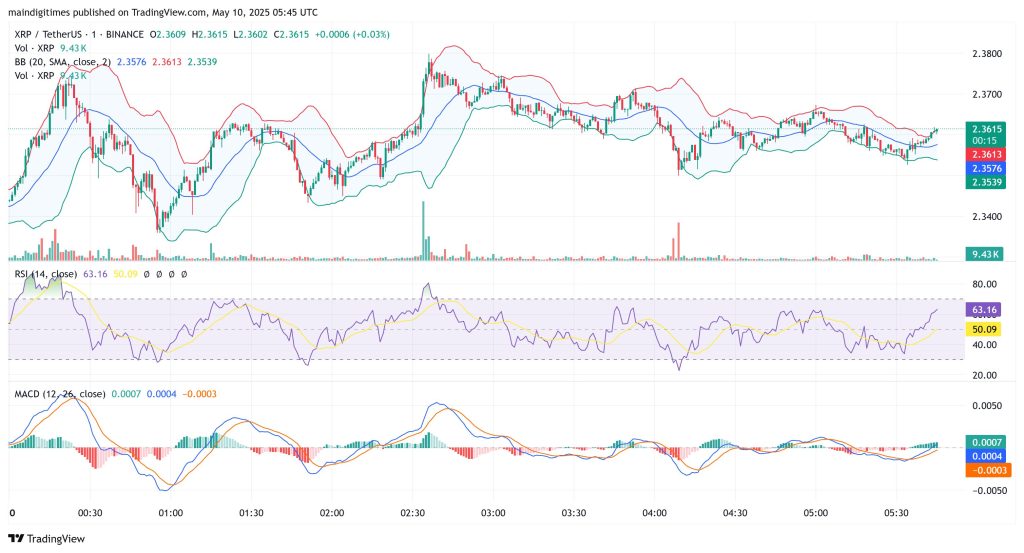As Israeli jets pounded Gaza, Palestinians in the impoverished coastal strip did what they have done multiple times over the past decade: fled inland and sought sanctuary in schools, homes and mosques as best they could.
Gaza’s 2.3mn residents, crammed into a narrow strip of land just 25 miles long, have endured four wars and chronic privation in the past 14 years — but now they are bracing themselves for what is likely to be the most ferocious assault yet.
After Hamas’s brazen multipronged attack on Israel on Saturday, which killed at least 700 people, many in Gaza expect the Jewish state to launch its first land offensive into the strip since 2014. Already, the aerial bombardment has killed hundreds and flattened areas of the strip to smoking ruins.
Ataya Azzam, 61, was among the Palestinians evacuating family members to the south towards Egypt or west towards the Mediterranean coast this week as Israeli jets soared overhead.
“The grandchildren were in panic and terrified,” Azzam said. He moved family members from Beit Hanoun in north Gaza to a school run by the UN’s Palestinian relief agency (UNRWA) in the Jabalia refugee camp. Nearly 74,000 people were sheltering in schools it operates in the territory, the agency said.

Israeli prime minister Benjamin Netanyahu has warned Palestinians in the Gaza Strip to “leave now”, saying in a televised address on Saturday that the army would turn Hamas sites “into rubble”. But he did not say where he expected residents of the enclave, whose exit points are tightly controlled by Israel and Egypt, to go.
Trapped in the territory, Gazans are moving within it in search of safety. Azzam said his family would try to rent an apartment in Jabalia, having learnt from enduring past conflicts.
“Based on our experience in the 2014 war, we think the school is a safe place,” Azzam added.
In the two previous ground invasions of Gaza, the Israeli assaults flattened parts of the strip. This time, Israel has said it is in a state of war, and will not end its operation until Hamas is brought to heel. It has also declared a “complete siege” of the already blockaded territory, with electricity, food, fuel and even water supplies cut off.
The violence that began at the weekend has so far killed at least 700 Israelis, making it the worst single attack in the history of the Jewish state. Palestinian gunmen abducted more than 100 Israelis, including women, children and elderly people, and forced them into Gaza as hostages, in a move likely to complicate Israel’s plans for its offensive.
As Israel began its retaliation, more than 560 Palestinians, including women and children, have been killed in three days, said Gaza health officials. About 2,900 were injured.
By Monday, Israeli jets, helicopters, aircraft and artillery had struck hundreds of what the military said were Hamas and Islamic Jihad “terrorist targets” in Gaza as part of the operation dubbed “Swords of Iron”.
It said these included many multistorey buildings, including one housing a “Hamas terror command centre” and another used by the group’s naval forces. A mosque housing unspecified “Hamas assets” was another target, the Israeli military added. The Financial Times could not independently verify the claims. Palestinian media reported that the assault had destroyed the houses of several senior Hamas figures.
Despite Israel’s heavy security presence around Gaza, Hamas has used the strip as a launch pad for rocket and other attacks on the Jewish state. Civilians live cheek by jowl with militants in the densely populated territory, putting them in danger during times of war.
Aid workers describe the strip as an open-air prison, and two years ago UN secretary-general António Guterres said: “If there is a hell on earth, it is the lives of children in Gaza”.
UNRWA said 14 of its buildings and other installations had been damaged during the Israeli operation, and one school sheltering more than 225 people sustained a direct hit, without casualties.
An Israeli military spokesperson, Richard Hecht, said on Monday that Israel did “everything we can to minimise collateral damage”. But he repeated a longstanding Israeli accusation that Palestinian militant groups use civilian buildings to embed their operations. “Hamas have entrenched themselves in a cynical way within the civilian population,” Hecht said.
Palestinians — some of whom cheered Hamas’s unprecedented raid inside Israel on Gaza’s streets and on social media — have inured themselves to Israeli military attacks, but this war is expected to be especially brutal and punishing. The Israeli public is still reeling from the Hamas assault and from footage shared online of Gaza residents stamping and spitting on Israeli corpses brought back to the strip, and beating live captives.
Hamas’s dominance of the strip dates back to 2007, when the Islamist group seized full control following a civil war with rival Palestinian faction Fatah. Israel had ceased to occupy the territory in 2005, withdrawing its troops and settlers under then prime minister Ariel Sharon; Hamas won elections there in 2006.

As the latest bombardment continues, Gaza is also enduring worsening humanitarian conditions, said Palestinian leaders and relief agencies. Israel on Monday signalled it planned to seal off the enclave entirely.
Defence minister Yoav Gallant said he had ordered that Gaza face a “siege”. “There will be no electricity, food or fuel,” he said. “We are fighting barbaric [terrorists] and will respond accordingly.”
Israel on Saturday stopped supplying electricity to Gaza, which suffers acute power shortages even in times of relative calm. On Monday the UN humanitarian affairs agency OCHA said Gaza’s diesel power plant “could run out of fuel within days”.
After Hamas fighters breached the high-security Israeli border barrier, Israel also closed crossings that connect Gaza’s residents to the outside world and enable them to access fuel, medicines and other essentials.
Israel Katz, the energy minister, said on Monday he had instructed authorities to switch off water supplies to Gaza, in a move that was quickly criticised by one Israeli nongovernment organisation.
“Just as you can’t justify the abhorrent acts that were committed in southern Israel targeting civilians, you can’t turn around and deliberately target civilians in Gaza by cutting the supply of water and electricity and deliberately attacking civilian homes and infrastructure,” said Tania Hari, executive director of Gisha, an NGO focused on freedom of movement in Gaza.
A Palestinian health official said medical supplies, medications and laboratory materials were running low, even as hospitals cope with an influx of injured people.
“The situation was miserable prior to these events,” said Medhat Abbas, a director-general in the Hamas-controlled health ministry. “Today we are consuming in one day what we ordinarily consume in one month. In a few days we will be running out of our stock.”
The International Committee of the Red Cross said essential services such as water and electricity were “already facing increased pressure” in Gaza, and that the organisation was supporting medical facilities with equipment such as stretchers, surgical tools and war-wounded kits.
The ICRC said: “People have had their lives devastated, and do not know what will happen in the coming days.”
Additional reporting by Samer Al-Atrush in Dubai
Credit: Source link











